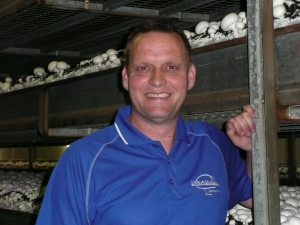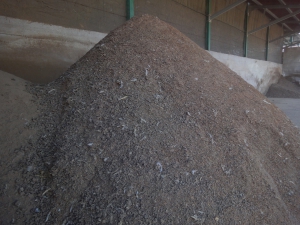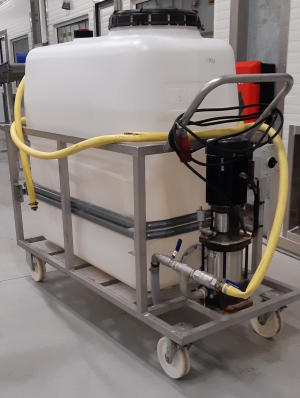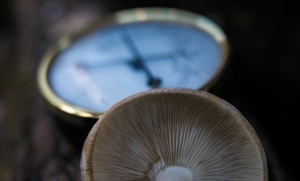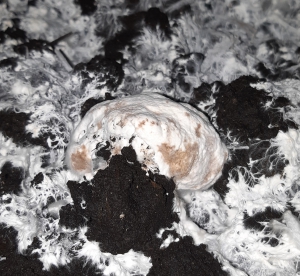
Blogs
Dry bubble (Verticillium fungicola)
Feb 15,
2021
One of the most seen disease in mushroom farms is the dry bubble, caused by the fungus Verticillium fungicola. Its easy to get an infection…
Chicken manure
Jan 26,
2021
Chicken manure is an important raw material in mushroom compost and for the composter as it is the biggest source of nitrogen. It is therefore…
Heavy casing soil, causing problems
Jan 26,
2021
The last month several growers had problems with a too heavy casing soil. It is normal for this time of the year for casing soil…
Recipe for a new year, keep the buttons up
Dec 15,
2020
Recipe for a new year, keep the buttons up! March 2020. Everything looks good and I have got my pocket full of tickets. Flights all…
And they keep flying…
Nov 09,
2020
I am writing this blog on November 2. 2020. It is the warmest November day ever. The outside temperature today will hit 20° C.…
Climate control
Oct 12,
2020
A good climate control is of course vital for every mushroom grower even more if you want to stand out with the quality of the…
And now for something completely different
Sep 28,
2020
The corona crisis makes traveling for a consultant difficult, if not impossible. That is why the question asked by Marco Deckers came just in time.Henk,…
Mycogone: easy come, easy?
Aug 18,
2020
Mycogone or wet bubble is making its appearance again on many farms. Growers are looking for all different chemical solutions and are gearing up hygiene…
And then it's summer!
Jul 16,
2020
Europe is now at the time of the year summer will burst out. And every year the same growing problems occur at this time, getting…














